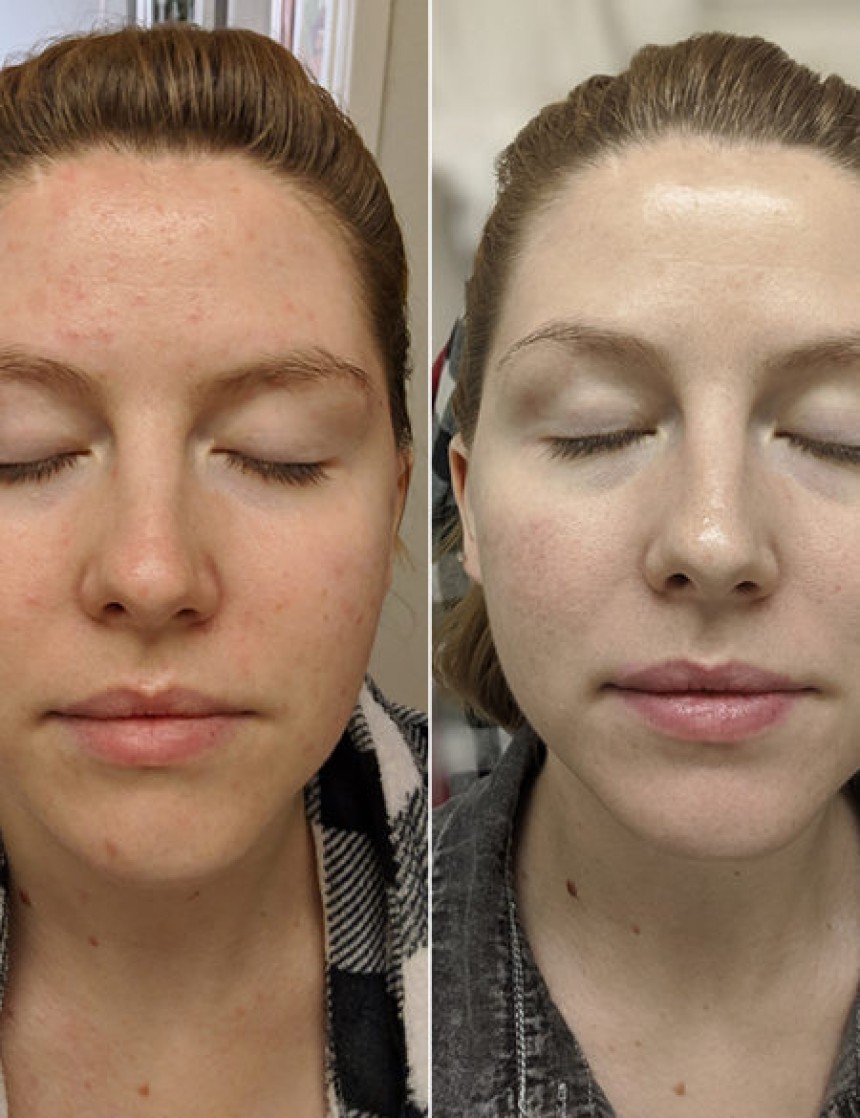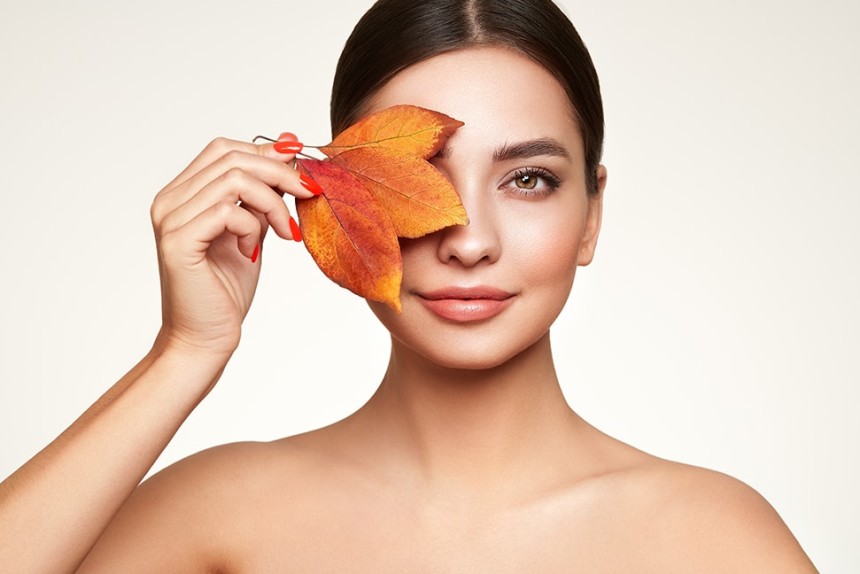
Celebrity-endorsed Cupping Therapy: An Ancient Wellness Ritual Tried by Addison Rae
By putting her toes (or rather, her back) into the centuries-old and Gwyneth Paltrow-endorsed field of cupping therapy, Addison Rae has formally joined the ranks of wellness-conscious A-listers.
Rae has moved on to something a little less cosmetic and a little more elemental, even though the majority of us were still obsessed with her now-iconic 16-step skincare and cosmetics routine (which includes a morning matcha and coffee, thank you very much). A sort of wearable receipt for a body treatment that is anything but superficial, the singer and social media star was recently seen in Los Angeles showing off the distinctive round, purplish imprints of a cupping session.
In any case, what is cupping therapy?
For those who are unfamiliar with cupping, the basic idea is that cups, which are typically made of silicone, glass, or bamboo, are placed on the skin and heated or suctioned to produce a vacuum. According to traditional Chinese and Middle Eastern medicine, this suction pulls the skin upward, boosting blood flow, lowering stress, and removing "stagnation" from the body. It is thought to aid with digestion as well as discomfort, inflammation, and detoxification.
Consider it a reverse massage, where the cupping pulls the muscle instead of pressing it. Those bruises are normal, too. Also temporary. Indeed, according to some practitioners, the markings' color and intensity can reveal a lot about your interior balance—think of it as a mystic Rorschach test, but for your fascia.
Cupping has been practiced for thousands of years in ancient Egypt, China, and India; it is not merely a contemporary trend wrapped in health influencer aesthetics. Ghati Yantra, a similar blood-drawing technique in Ayurveda, is utilized in Traditional Chinese Medicine to balance qi, the body's vital energy.
By the year 2025, this custom has completely become commonplace. Lady Gaga, Kim Kardashian, and Michael Phelps have all praised it. Addison Rae has now updated the roster with her name.
Wellbeing or Simply Feelings?
The ceremony is still being caught up to by science. Critics point out that high-quality placebo-controlled trials are very impossible, despite several modest research suggesting cupping may help relieve headaches, muscle stiffness, and chronic pain. How do you "fake" cupping, after all?
However, many find emotional and even spiritual appeal in addition to physiological ones. According to a traditional practitioner, it is similar to filtering and flushing away muddy water. You may be able to relate if you have ever wanted a reset that goes beyond deep breathing or green juice.
Is It Worth Trying?
Not everyone is cut out for cupping. This one might be best avoided if you are pregnant, anemic, or have sensitive skin. However, it is a low-risk, possibly gratifying ritual worth trying if you are feeling bold (and perhaps a touch tight in the shoulders)—ideally with a certified expert.
While preparing for her upcoming pop CD, Addison Rae is also obviously embarking on a deeper journey—one that delves into the time-honored customs that encourage us to slow down, pay attention, and let go. With all the bruises.




